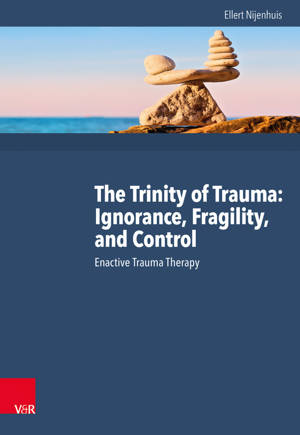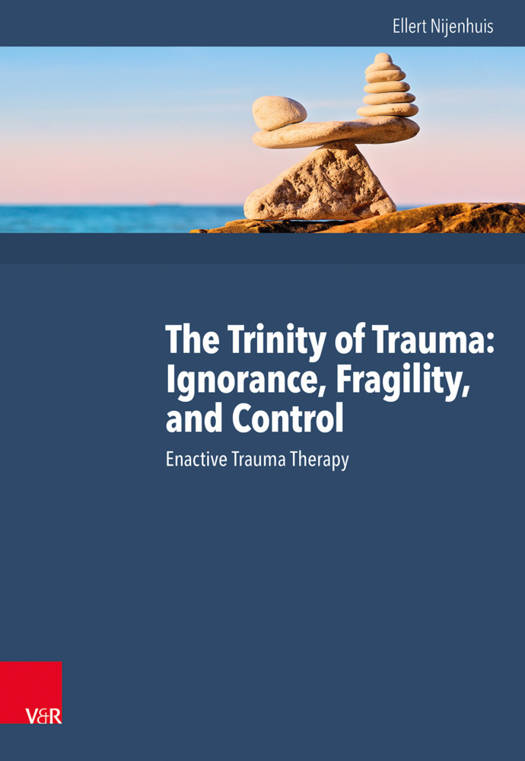
Je cadeautjes zeker op tijd in huis hebben voor de feestdagen? Kom langs in onze winkels en vind het perfecte geschenk!
- Afhalen na 1 uur in een winkel met voorraad
- Gratis thuislevering in België vanaf € 30
- Ruim aanbod met 7 miljoen producten
Je cadeautjes zeker op tijd in huis hebben voor de feestdagen? Kom langs in onze winkels en vind het perfecte geschenk!
- Afhalen na 1 uur in een winkel met voorraad
- Gratis thuislevering in België vanaf € 30
- Ruim aanbod met 7 miljoen producten
Zoeken
The Trinity of Trauma
Ignorance, Fragility, and Control: Enactive Trauma Therapy
Ellert Nijenhuis
Hardcover | Engels
€ 100,31
+ 200 punten
Uitvoering
Omschrijving
Enactive trauma therapy is grounded in so-called enactivism, which holds that, like anyone else, traumatized individuals are (1) embrained, embodied, and environmentally embedded; (2) constitute biopsychological organism-environment systems that are essentially interested in preserving their existence; (3) are primarily affective and oriented toward making sense of things. Individuals exhibit a phenomenal self, world, and self-of-the-world through self- and world-oriented actions. They do not act on the basis of knowledge, but possess knowledge on the basis of world-engaged sensorimotor, affect-laden, and goal-oriented actions. Whenever interpersonal traumatization by significant others occurs, individuals may get caught up in affective and relational conflicts they cannot resolve on their own. Their generation and maintenance of a trauma-related dissociation of the personality involves a kind of sense-making that supports their continued existence when their capacity to integrate traumatic experiences is still too low. However, what starts as a courageous effort to navigate a traumatizing life may at some point in time become a serious problem. Enactive trauma therapy comprises the collaboration of two organism-environment systems: the patient and the therapist. Together they spawn new meaning and adequate actions - an interaction that resembles dancing: It takes pacing, mutual attunement, good timing, a sensitivity to balance, movement and rhythm, courage, as well as the ability and willingness to follow and lead.
Specificaties
Betrokkenen
- Auteur(s):
- Uitgeverij:
Inhoud
- Aantal bladzijden:
- 505
- Taal:
- Engels
Eigenschappen
- Productcode (EAN):
- 9783525402689
- Verschijningsdatum:
- 3/04/2017
- Uitvoering:
- Hardcover
- Formaat:
- Genaaid
- Afmetingen:
- 180 mm x 244 mm
- Gewicht:
- 1111 g

Alleen bij Standaard Boekhandel
+ 200 punten op je klantenkaart van Standaard Boekhandel
Beoordelingen
We publiceren alleen reviews die voldoen aan de voorwaarden voor reviews. Bekijk onze voorwaarden voor reviews.









